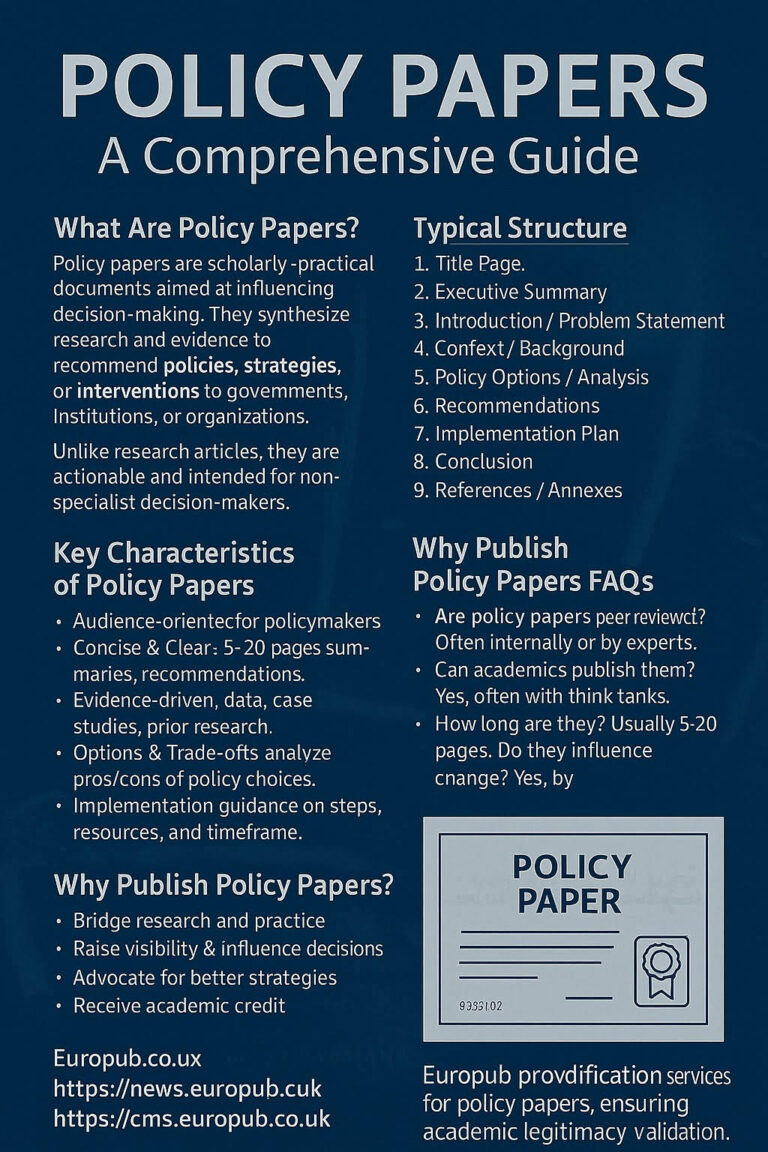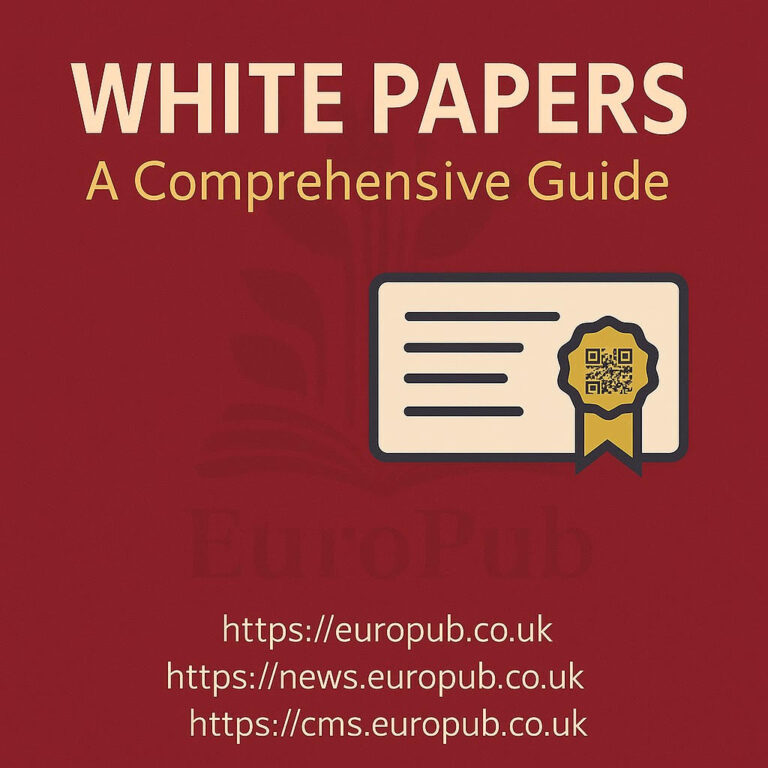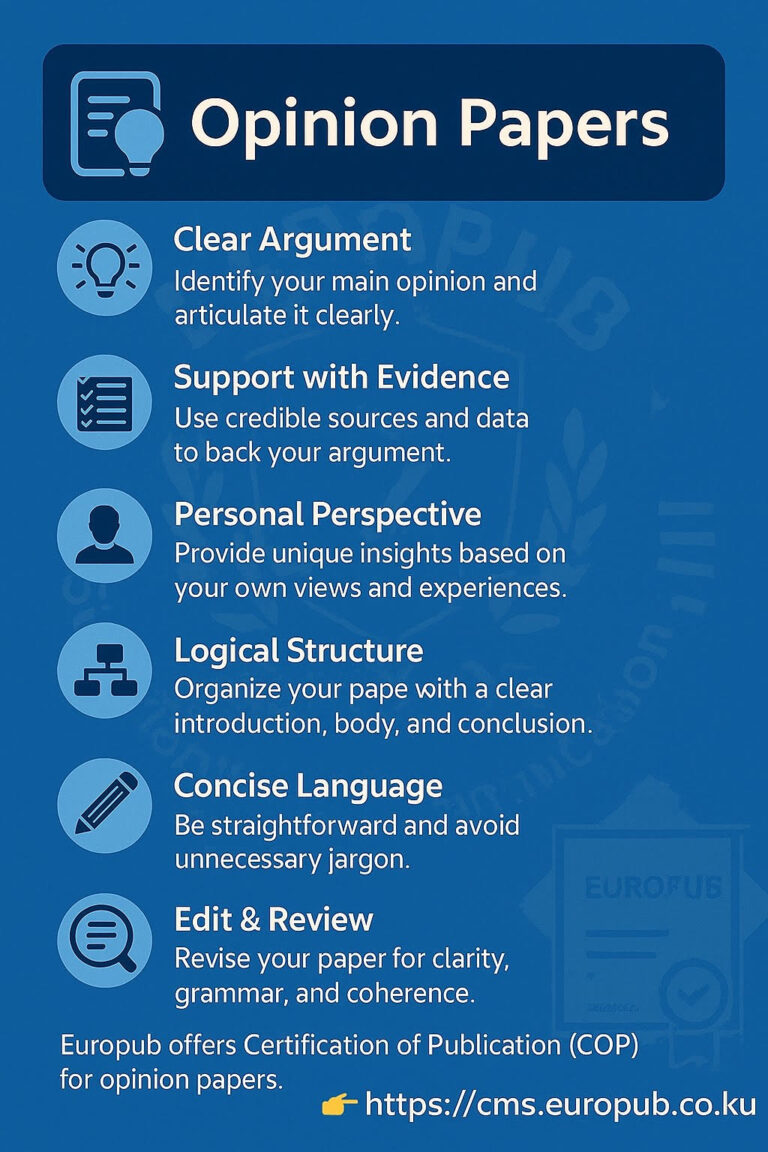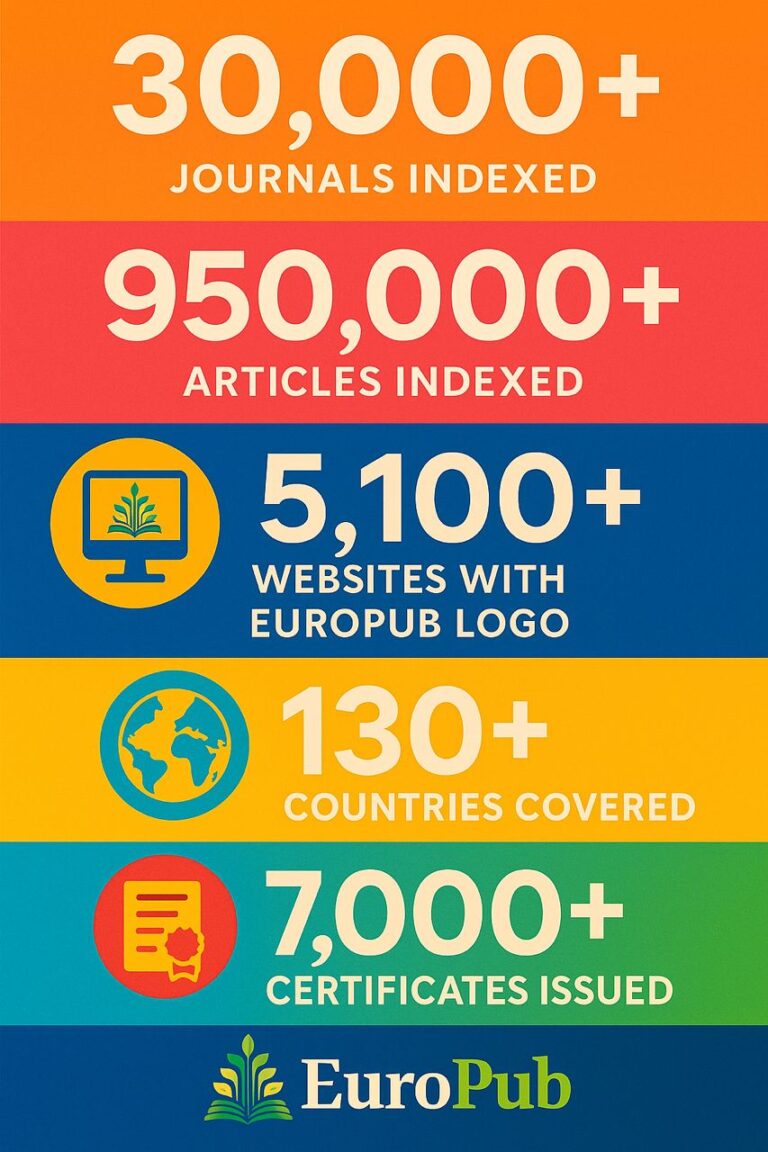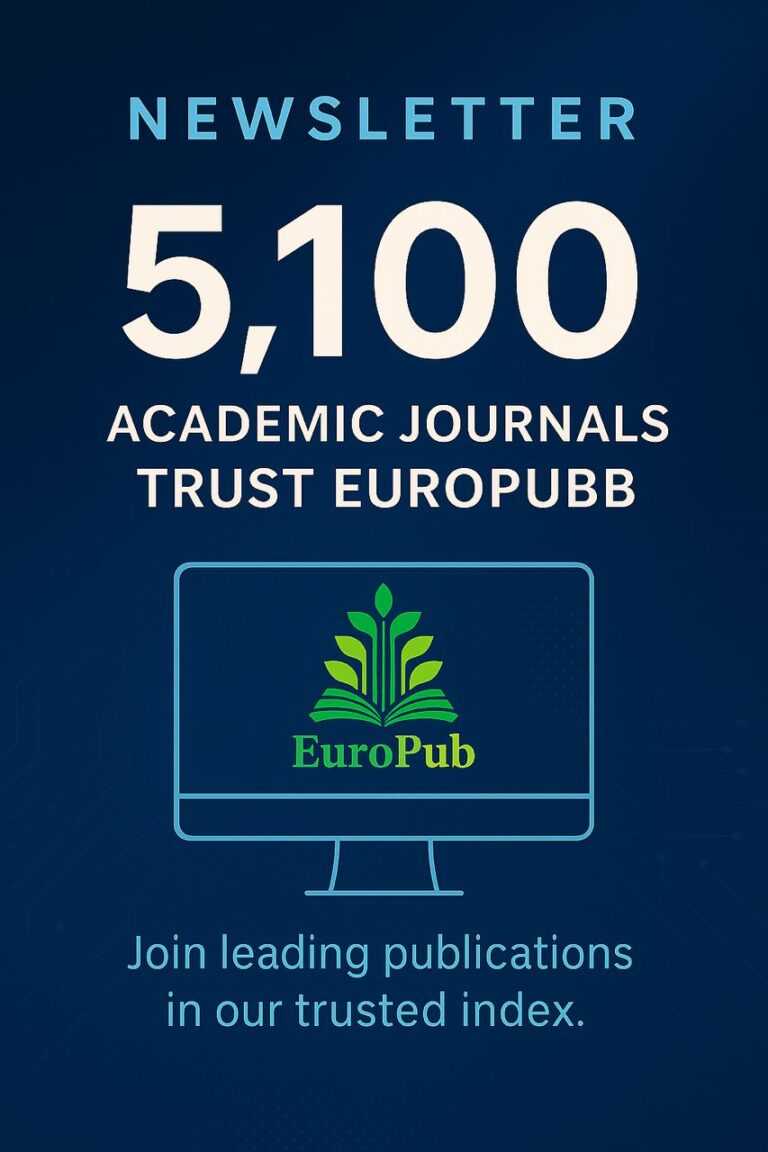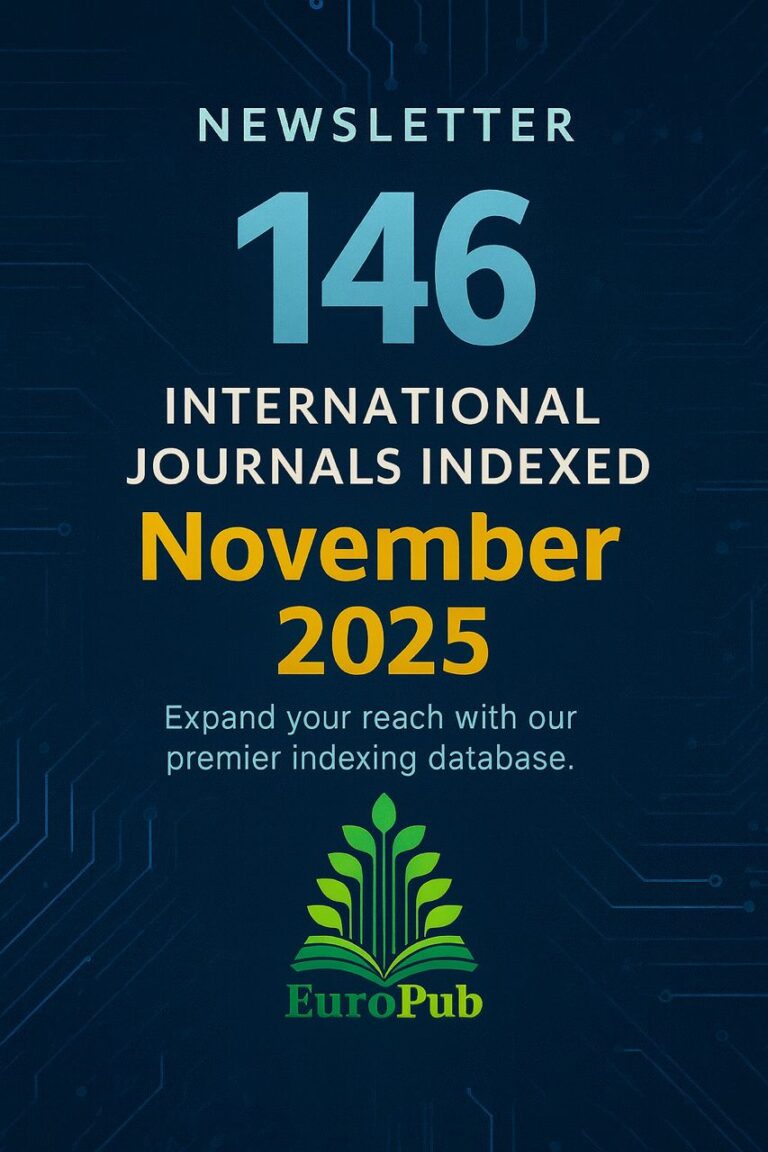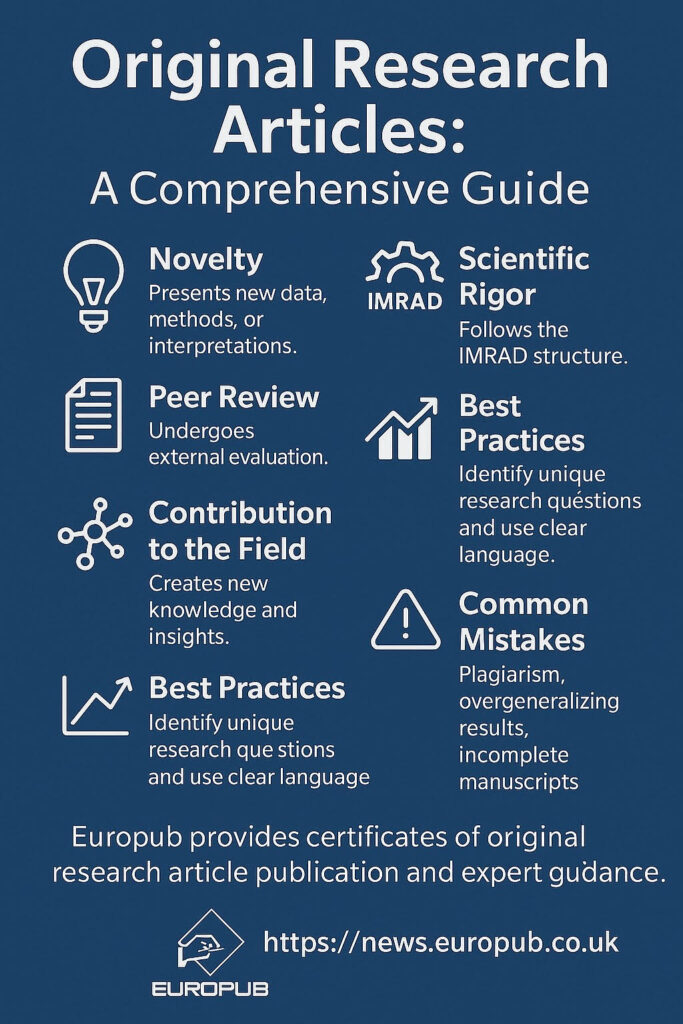
Introduction
An Original Research Article (ORA) is the most prestigious and frequently published form of scientific writing. It reports first-hand results from a researcher’s own experiments, surveys, or data collection. Unlike reviews or editorials, which analyze or summarize existing knowledge, ORAs create new knowledge and provide fresh insights into a field of study.
Publishing an original research article not only contributes to the global body of knowledge but also strengthens a researcher’s academic profile, citation index, and career advancement.
Key Features of Original Research Articles
- Novelty
- Presents new data, methods, or interpretations.
- Avoids duplication of previous studies.
- Scientific Rigor
- Follows the IMRAD structure (Introduction, Methods, Results, and Discussion).
- Relies on solid methodology and reproducible results.
- Peer Review Compliance
- Undergoes rigorous peer review before acceptance.
- Ensures credibility and validation by experts.
- Contribution to the Field
- Expands existing theories or proposes new models.
- Offers practical or theoretical implications.
Structure of Original Research Articles (IMRAD)
- Title & Abstract
- Concise and clear summary of research focus.
- Introduction
- Defines problem, research gap, and objectives.
- Methods
- Details of study design, sampling, instruments, and procedures.
- Results
- Presentation of data using tables, graphs, and statistics.
- Discussion
- Interpretation of results, implications, and limitations.
- Conclusion
- Summary of main findings and future research directions.
- References
- Accurate citation of related studies.
- Appendices (if needed)
- Supplementary material such as questionnaires, raw data, or extended tables.
Importance of Original Research Articles
 Contribute to scientific progress.
Contribute to scientific progress.
 Enhance a researcher’s H-index and citation record.
Enhance a researcher’s H-index and citation record.
 Provide a foundation for policy-making and practice.
Provide a foundation for policy-making and practice.
 Increase visibility in indexing systems like Web of Science, Scopus, PubMed.
Increase visibility in indexing systems like Web of Science, Scopus, PubMed.
Best Practices for Writing ORAs
- Identify a unique research question.
- Review the existing literature carefully.
- Follow ethical standards (IRB approval, informed consent).
- Use clear academic language and style.
- Ensure proper data visualization (tables, figures, graphs).
- Adhere to journal formatting guidelines.
Common Mistakes
 Submitting incomplete or poorly structured manuscripts.
Submitting incomplete or poorly structured manuscripts.
 Ignoring plagiarism checks.
Ignoring plagiarism checks.
 Overgeneralizing results without evidence.
Overgeneralizing results without evidence.
 Submitting to predatory journals.
Submitting to predatory journals.
Tools & Resources
Europub Certification & Guidance
Europub provides specialized Certificates of Original Research Article Publication through its Certificate Management System:
 Certificate of Article Acceptance & Publication
Certificate of Article Acceptance & Publication
 Certificate of Peer Review Completion
Certificate of Peer Review Completion
 Certificate of Ethical Compliance
Certificate of Ethical Compliance
With Europub certification, researchers can:
- Validate their publications officially.
- Improve academic credibility and recognition.
- Enhance indexing and visibility.
 Apply here: https://cms.europub.co.uk
Apply here: https://cms.europub.co.uk
 Main site: https://europub.co.uk
Main site: https://europub.co.uk
 Newsletter: https://news.europub.co.uk
Newsletter: https://news.europub.co.uk
 You may also consult Europub experts for guidance on journal selection, manuscript improvement, and compliance with ISI/Scopus standards.
You may also consult Europub experts for guidance on journal selection, manuscript improvement, and compliance with ISI/Scopus standards.
 Frequently Asked Questions (FAQs) on Original Research Articles
Frequently Asked Questions (FAQs) on Original Research Articles
1. What makes an article “original”?
Answer: It must present new, unpublished results derived from the author’s own research.
2. How long should an original research article be?
Answer: Typically 3,000 – 7,000 words, depending on the field and journal.
3. Can I publish negative results?
Answer: Yes. Many journals value negative or null results if the research is scientifically rigorous.
4. Are original articles always experimental?
Answer: No. They can include quantitative, qualitative, or mixed-methods research, as long as new findings are presented.
5. Do I need ethical approval for my research?
Answer: Yes, if the study involves humans, animals, or sensitive data. Approval from an institutional review board (IRB) is mandatory.
6. What is the acceptance rate for ORAs?
Answer: High-impact journals often accept <20% of submissions. Careful preparation increases chances.
Conclusion
Original Research Articles are the backbone of academic publishing, showcasing new contributions to science. By following rigorous methods, ethical standards, and strong presentation, researchers can significantly impact their field. Europub enhances this process by offering certifications, expert guidance, and recognition worldwide.
